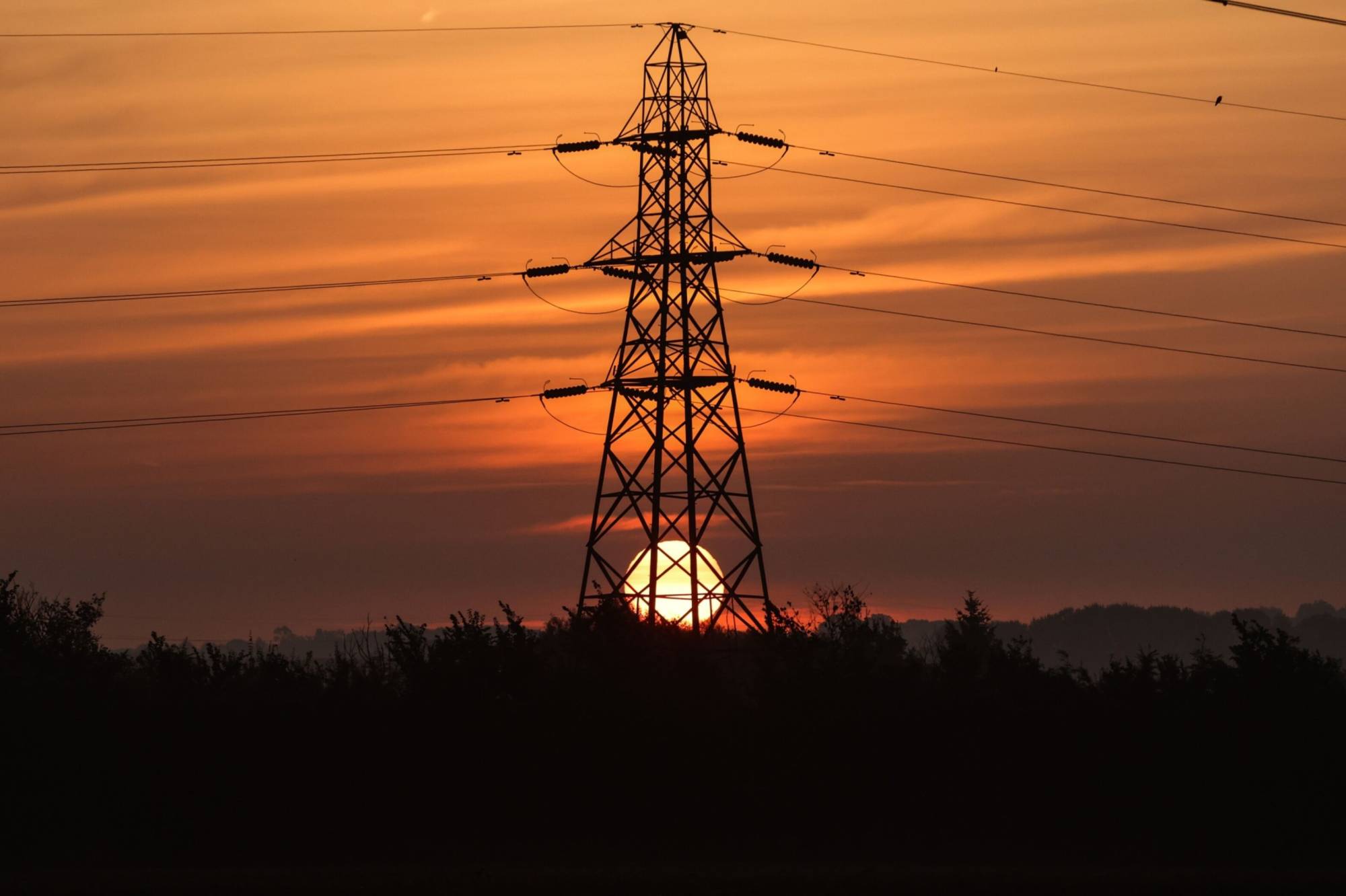At global solar power conferences in recent years, there has been a buzzword that certain people love to discuss. While difficult to say, it easily projects a brighter future: perovskite.
Pronounced "peh-ruhv-skite,” these solar cells have tantalizing potential. Theoretically more powerful, cheaper and less energy intensive to produce than existing technology, they’re also thinner, lighter and — crucially — flexible, opening up a variety of new possible sources of clean power generation, from car rooftops to billboards.
The problem is, perovskite cells are a bit like a finely tuned race car. They work great in controlled environments, but don’t do so well when it’s time to go off-road. Combinations of moisture, heat and sunlight — hardly rare conditions in locations best suited for solar panels — can warp their unique crystalline molecular structure, leading to rapid degradation and a loss of power.

















With your current subscription plan you can comment on stories. However, before writing your first comment, please create a display name in the Profile section of your subscriber account page.